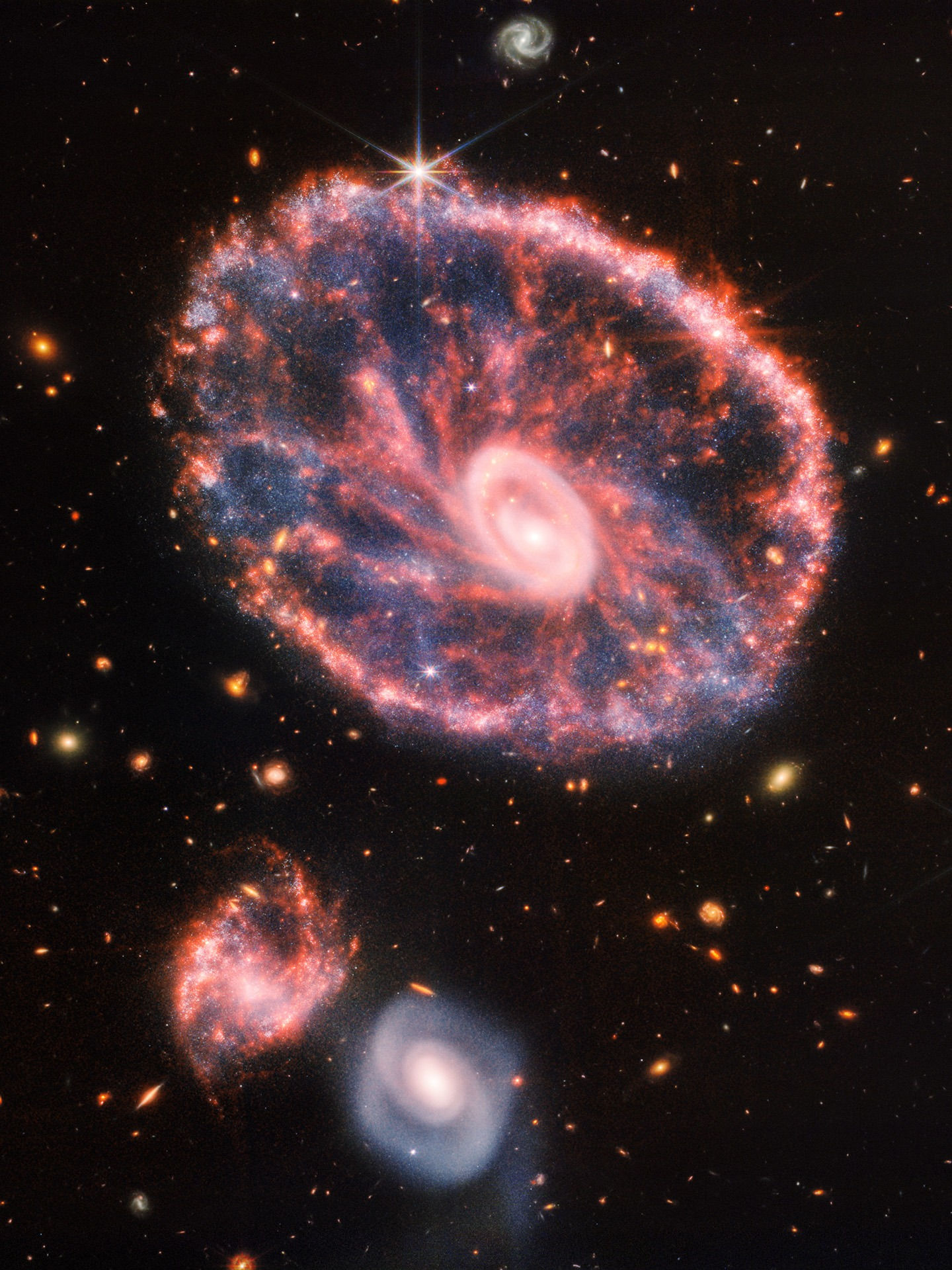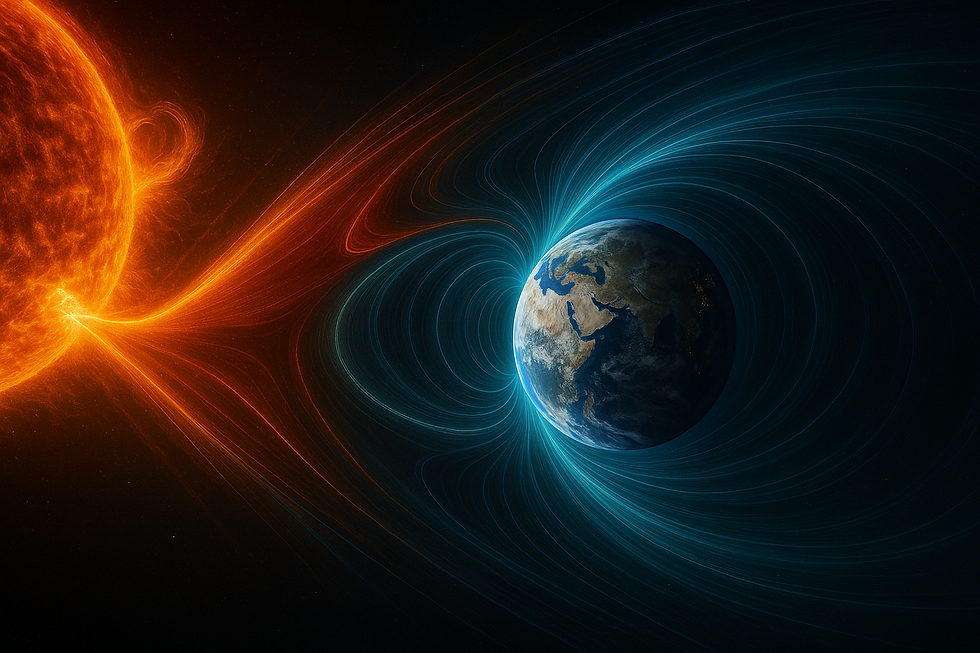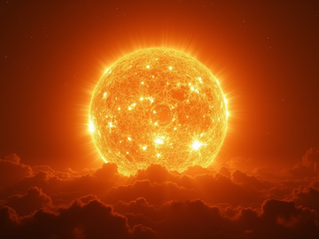Why has Mercury Appeared with a Comet-like Tail on the Night Sky?
- Prof.Smith

- Apr 24, 2023
- 3 min read

The tail was seen by multiple lovers of the night sky and was captured by astrophotographer Sebastian Voltmer,
"Comet-like Mercury on April 12, 2023 (Yuri's Night)," he mentions. "The solar wind and micro-meteorites eject sodium atoms from Mercury's surface. This creates a yellow-orange tail of sodium gas that is around 24 million kilometers [15 million miles] long."
Mercury's tail is a fascinating phenomenon that occurs due to the planet's close proximity to the sun. The tail is made up of sodium gas that is ejected from the planet's surface by solar winds and micro-meteorites, creating a yellow-orange tail that can be up to 24 million kilometers long. The tail was first predicted in the 1980s and confirmed to exist in 2001 by NASA's Messenger mission. Mercury's distance from the sun varies greatly during its orbit, causing the tail to shorten and lengthen. While not visible to the naked eye, the tail can be seen with special filters that allow only the wavelengths of sodium to glow through. Mercury's last perihelion, or closest point to the sun, was on April 1, and the next one will occur in late June.
It is interesting to note here that solar sunspots were discovered by Galileo, and were an important contribution to the development of scientific thought. The previous Aristotelian thought and proposed that the heavenly spheres, especially the Sun, were perfect. The discovery of sunspots suggested that they had imperfections. Sunspots are associated with intense local magnetic fields. As with the Earth, the total solar magnetic field flips at intervals. The global flips in the solar field are associated with changes in the polarity of the sunspot magnetic fields. These changes in polarity, where the leading spot in any sunspot group changes its field, are associated in turn with the development of large numbers of sunspots. The increase in sunspots occurs on a cycle of about 22 years, which appears to be related to the magnetohydrodynamics of the interaction between the Sun’s magnetic field and the differential rotation.
Although the increase in darker spots on the Sun might intuitively be thought to decrease its luminosity, the opposite is the case. The sunspots are symptomatic of extreme solar magnetic storms which lead to an increase in solar radiation. During the sunspot maxima, vast fiery prominences of hot gas burst out from the photosphere into space as solar flares. These enormous bursts of energy cause an intense stream of charged particles to flow out into space. Sunspot numbers have been counted systematically since 1750. The plot of sunspot number versus time clearly shows the cyclical nature of their appearance. Very few sunspots were seen on the Sun from about 1645 to 1715. This period is called the Maunder Minimum, after Edward Walter Maunder (1851-1928), one of the first modern astronomers to study the long-term cycles of sunspots. The Maunder Minimum is also known as the Little Ice Age.
There is a substantial body of evidence that the Sun has had similar periods of sunspot inactivity in the more distant past. Detailed measurements of the Sun’s luminosity have only been made systematically for the last few years. However, the Earth’s climate is highly sensitive to changes in the flux of electromagnetic radiation from the Sun. A 1% decrease in solar luminosity leads directly to a cooling of the Earth’s average temperature by 1°C. It requires an increase of similar magnitude to increase the Earth’s temperature by 1°C. The problem lies in the amplification of these effects by (a) the superimposition of solar variability on other climate drivers (b) the reinforcement of solar variability by terrestrial feedback processes.
The sunspot number R for a given day is computed according to the Wolf Sunspot Number formula:
R = k(10g + s)
where g is the number of sunspot groups (regions), s is the total number of individual spots in all the groups and k corrects for observing conditions. The formula takes into account tat we can observe only a part of the Solar surface from the Earth.
The Sun's activity level can have an impact on the appearance of Mercury's tail. During periods of high solar activity, such as the current cycle, the Sun releases more solar wind and other energetic particles that can interact with Mercury's surface and create a longer and more visible tail.












































































































Comments